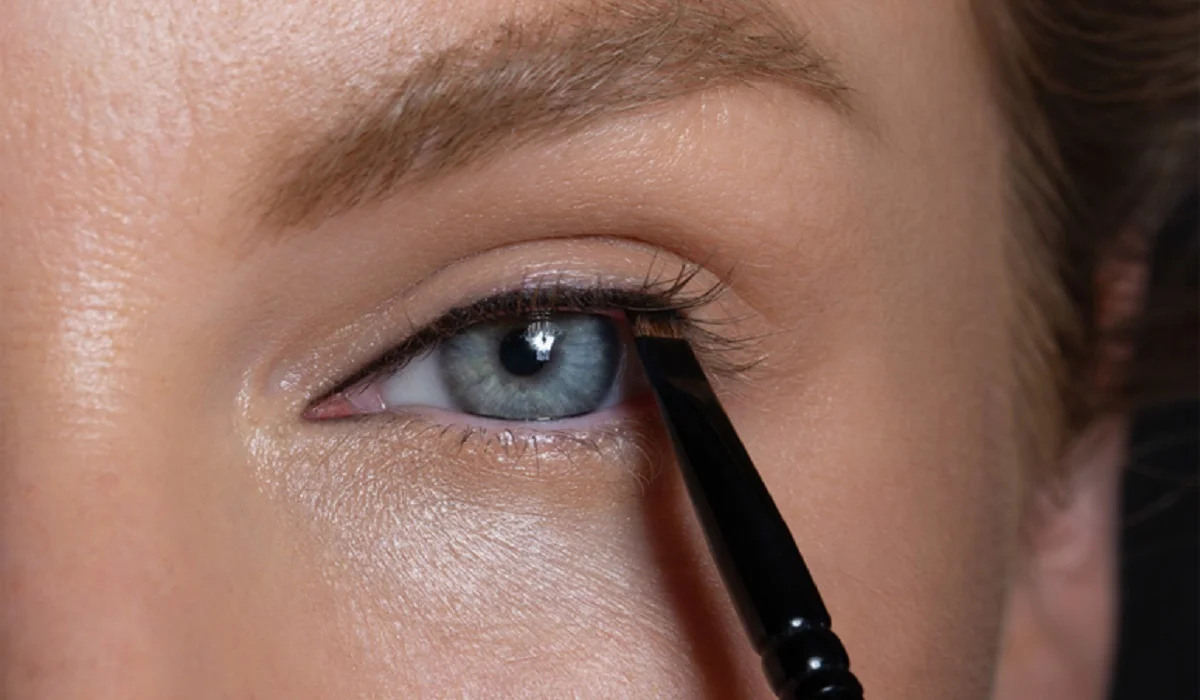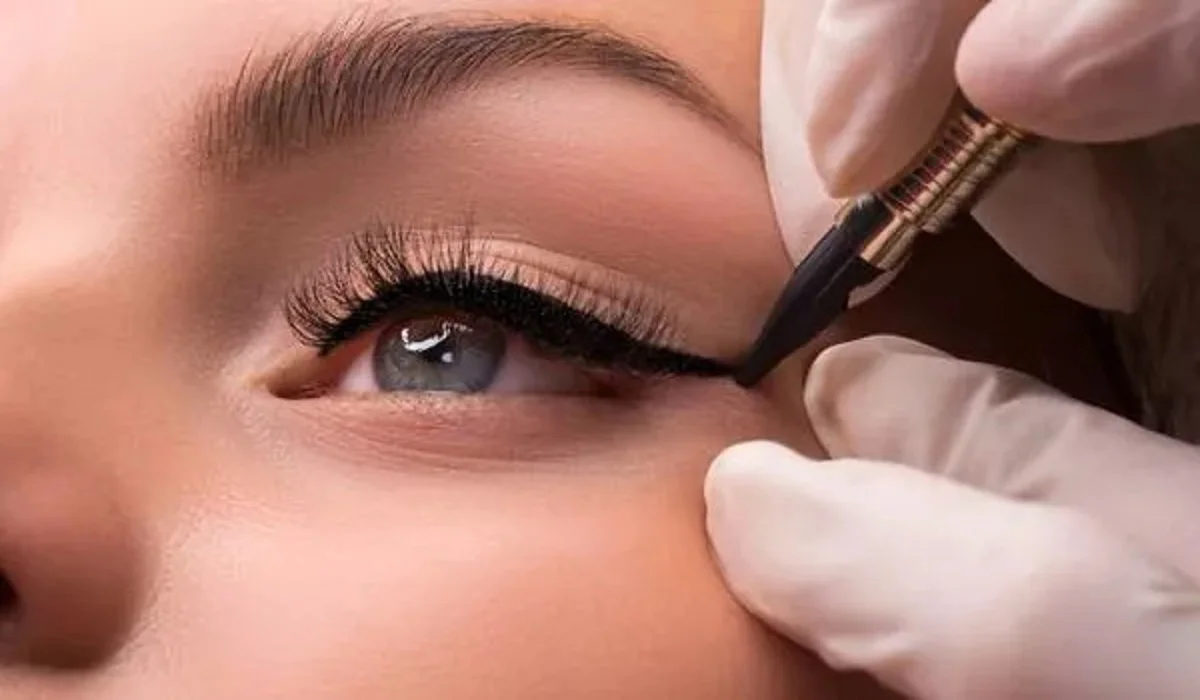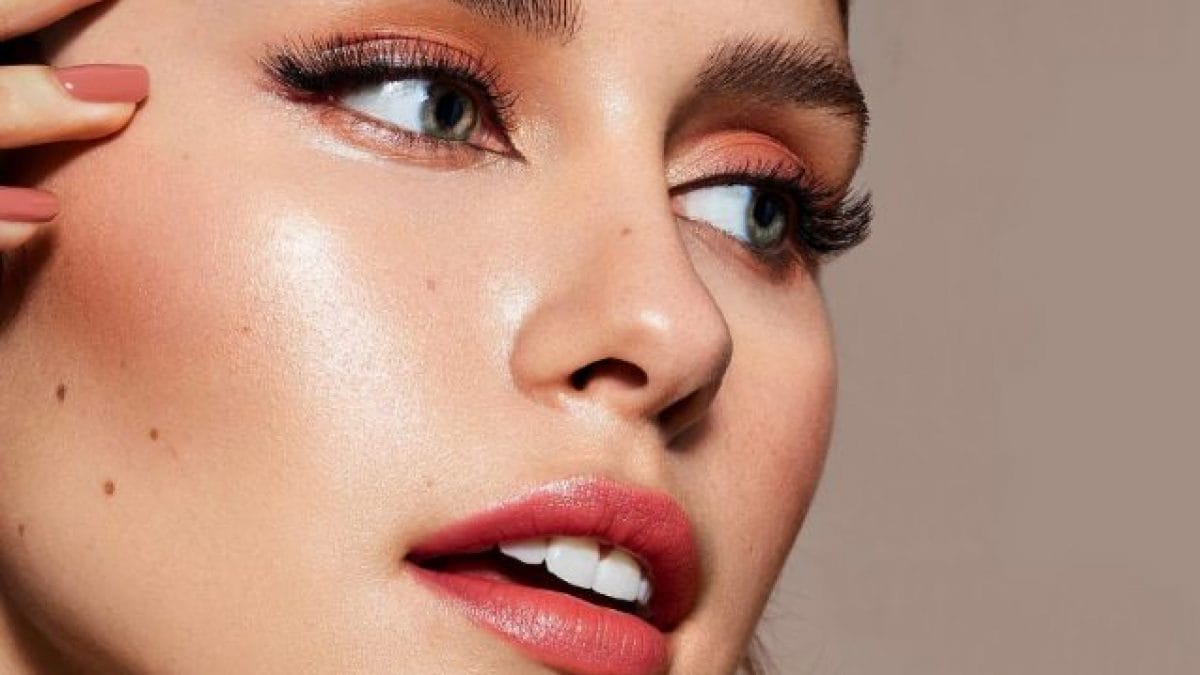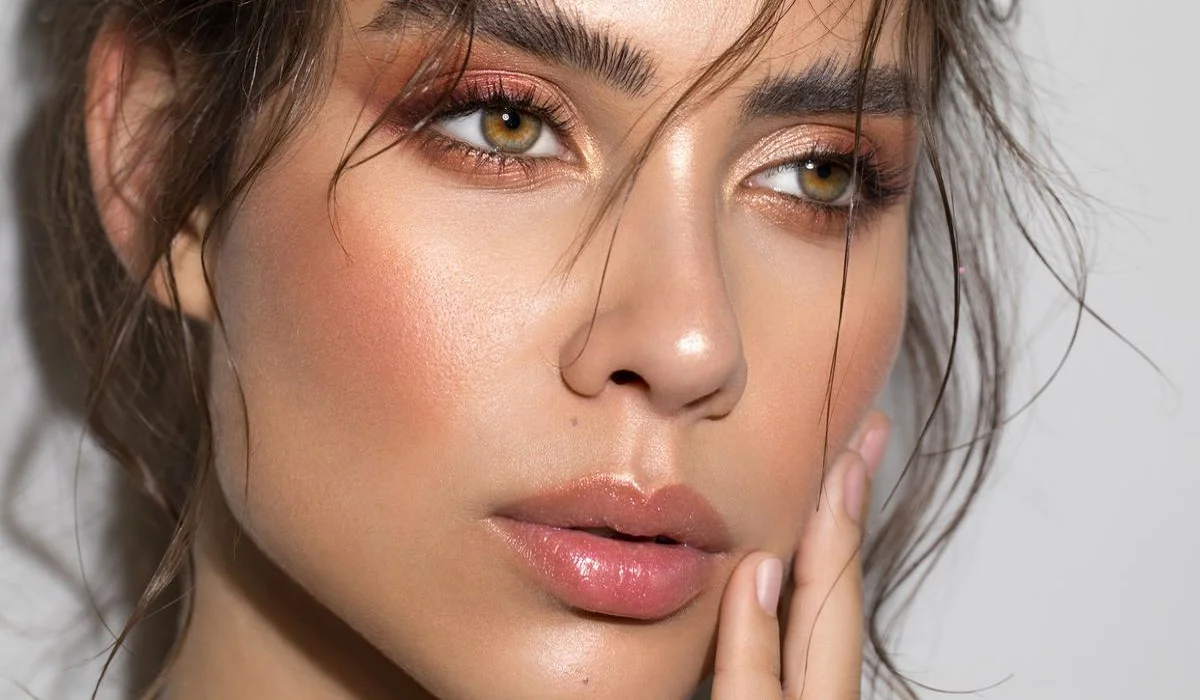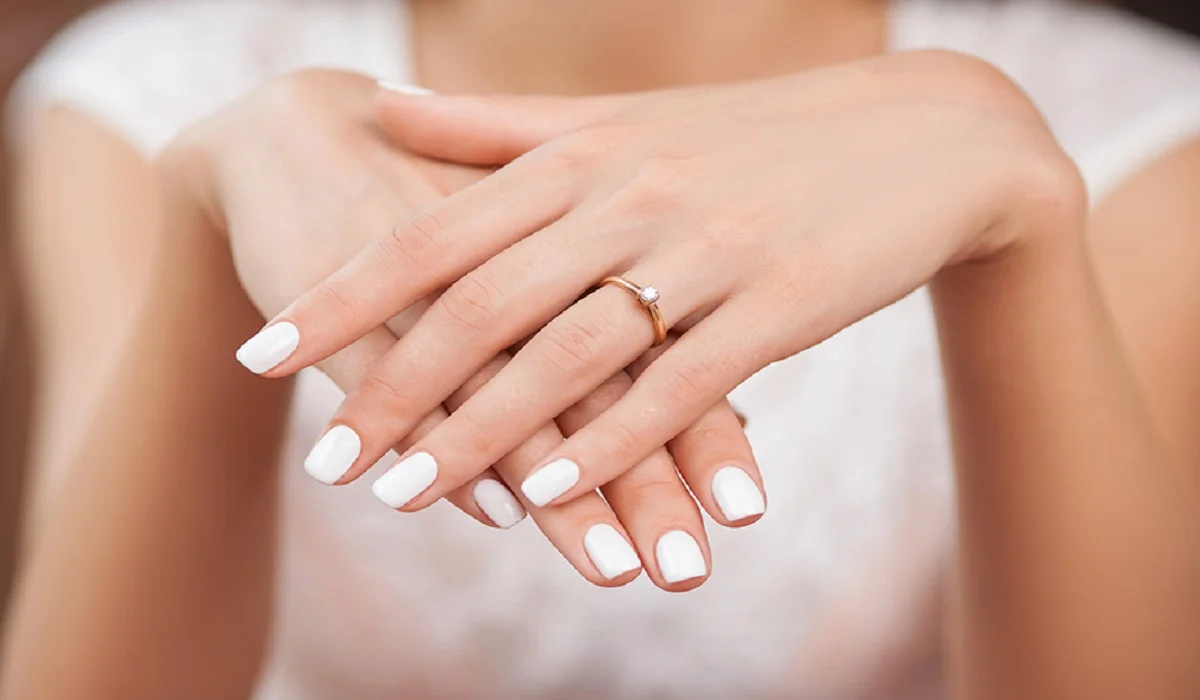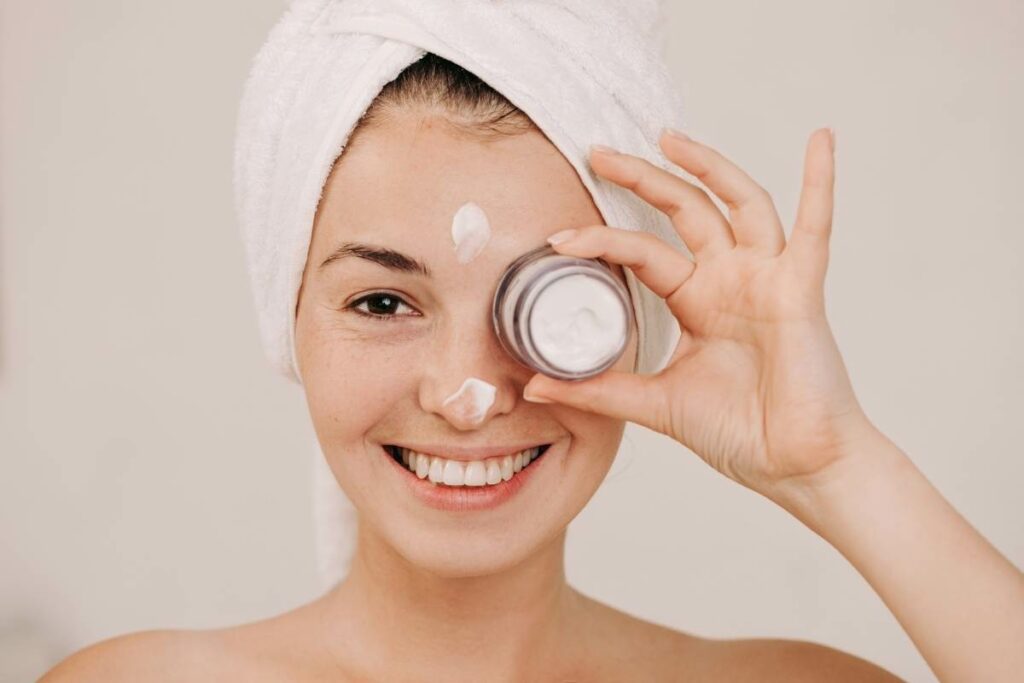
Moisturizing is a fundamental step in any skincare routine. Whether you have dry, oily, combination, or sensitive skin, finding the right face moisturizer tailored to your skin type is crucial. A well-chosen moisturizer not only keeps your skin hydrated but also addresses specific concerns, such as oiliness, dryness, or sensitivity. In this comprehensive guide, we will explore the importance of moisturizing, how to identify your skin type, and the key factors to consider when choosing the perfect face moisturizer to keep your skin healthy, radiant, and balanced.
The Importance of Moisturizing
Before delving into the specifics of selecting a face moisturizer, it’s essential to understand why moisturizing is a vital part of skincare:
- Hydration: Moisturizers provide your skin with essential hydration, helping to maintain its moisture balance. This prevents dryness, flakiness, and discomfort.
- Barrier Function: A well-hydrated skin barrier is better equipped to protect itself from external aggressors like pollution, UV rays, and bacteria. This can help prevent premature aging and skin damage.
- Soothing and Calming: Moisturizers often contain ingredients that soothe and calm the skin, reducing redness and irritation. This is particularly beneficial for sensitive or irritated skin.
- Improved Texture: Regular use of moisturizers can improve the texture and suppleness of your skin, leaving it soft and smooth.
- Makeup Application: Properly hydrated skin provides an ideal canvas for makeup application. It helps makeup products go on more smoothly and last longer.
Identifying Your Skin Type
Before you can choose the right face moisturizer, you need to determine your skin type. Your skin type dictates the specific needs and concerns your moisturizer should address. Here are the most common skin types:
- Dry Skin:
- Characteristics: Dry skin often feels tight, rough, and flaky. It may be prone to redness and sensitivity.
- Common Concerns: Dehydration, fine lines, and a dull complexion.
- Key Ingredient: Look for moisturizers with rich, hydrating ingredients like hyaluronic acid, shea butter, or glycerin.
- Oily Skin:
- Characteristics: Oily skin appears shiny, particularly in the T-zone (forehead, nose, and chin). It is prone to enlarged pores and acne.
- Common Concerns: Excess oil production, clogged pores, and acne breakouts.
- Key Ingredient: Seek oil-free or non-comedogenic (won’t clog pores) moisturizers with ingredients like niacinamide or salicylic acid.
- Combination Skin:
- Characteristics: Combination skin exhibits a mix of dry and oily areas. Typically, the T-zone is oily, while the cheeks may be dry or normal.
- Common Concerns: Balancing oiliness in the T-zone while providing hydration to dry areas.
- Key Ingredient: Opt for lightweight, hydrating moisturizers that won’t exacerbate oiliness in the T-zone.
- Sensitive Skin:
- Characteristics: Sensitive skin is prone to redness, irritation, and burning or stinging sensations. It can be dry or oily.
- Common Concerns: Soothing and calming the skin, reducing redness and irritation.
- Key Ingredient: Look for hypoallergenic and fragrance-free moisturizers with soothing ingredients like aloe vera or chamomile.
- Normal/Healthy Skin:
- Characteristics: Normal or healthy skin is well-balanced, not too dry or oily. It typically has a smooth texture and a clear complexion.
- Common Concerns: Maintaining the skin’s natural balance and preventing future issues.
- Key Ingredient: Choose a moisturizer that helps maintain the skin’s current state and provides hydration.
Now that you’ve identified your skin type, let’s explore how to choose the right face moisturizer accordingly.
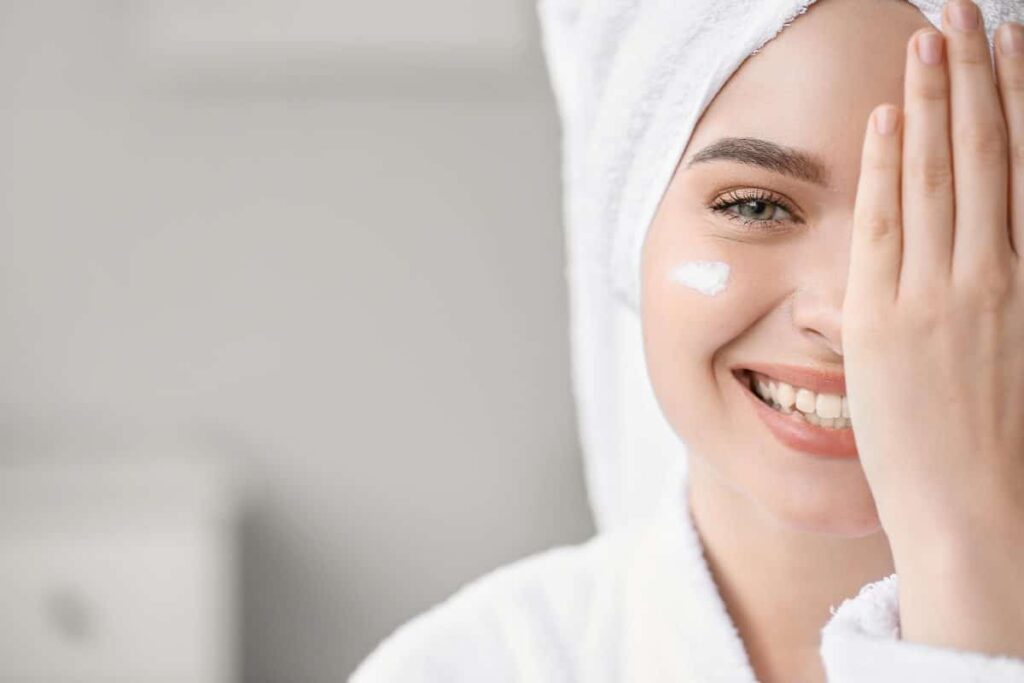
Choosing the Right Face Moisturizer for Your Skin Type
Selecting the perfect face moisturizer involves considering your skin type and specific concerns. Here are the key factors to keep in mind:
1. Ingredients Matter:
- Read the ingredient list carefully. Look for ingredients tailored to your skin type. For example:
- Dry Skin: Seek ingredients like hyaluronic acid, ceramides, and natural oils (e.g., jojoba or almond oil).
- Oily Skin: Opt for oil-free, non-comedogenic formulas with ingredients like niacinamide, salicylic acid, or tea tree oil.
- Combination Skin: Choose a lightweight, hydrating moisturizer with a balanced ingredient profile.
- Sensitive Skin: Prioritize hypoallergenic, fragrance-free moisturizers with soothing ingredients like chamomile or aloe vera.
2. Texture and Consistency:
- Consider the texture and consistency of the moisturizer:
- Gel or Serum: Lightweight and water-based, suitable for oily or combination skin.
- Lotion: A bit thicker than gels, suitable for normal or combination skin.
- Cream: Thicker and more hydrating, ideal for dry skin.
- Oil-Free: Suitable for oily skin types to prevent excessive shine.
3. SPF Protection:
- For daytime use, especially if you spend time outdoors, consider a moisturizer with built-in SPF protection. This provides an extra layer of defense against UV radiation, preventing premature aging and skin damage.
4. Specific Concerns:
- Tailor your choice to address specific skin concerns. For instance, if you have acne-prone skin, look for a moisturizer with acne-fighting ingredients. If you’re concerned about aging, opt for an anti-aging moisturizer with ingredients like retinol or peptides.
5. Allergies and Sensitivities:
- Be mindful of any allergies or sensitivities you may have. Avoid products that contain ingredients known to trigger allergic reactions or irritation.
6. Test Before Committing:
- If possible, obtain samples or trial sizes of moisturizers to test how your skin responds before committing to a full-sized product. This helps you avoid potential disappointments or adverse reactions.
7. Consistency is Key:
- Stick to a consistent skincare routine. Use your chosen moisturizer morning and night to maintain healthy, well-hydrated skin.
8. Adjust with the Seasons:
- Recognize that your skin’s needs may change with the seasons. You might require a lighter moisturizer in the summer and a richer one in the winter to combat dryness.
9. Professional Guidance:
- If you’re unsure about your skin type or have specific skin concerns, consider consulting a dermatologist or skincare professional. They can provide personalized recommendations and help you navigate the vast array of skincare products available.
In conclusion, finding the right face moisturizer is a journey that involves understanding your skin type, recognizing its unique needs, and selecting a product tailored to those needs. The world of skincare offers a wide range of moisturizers designed to address various concerns, so take the time to explore and experiment. By following these key factors and guidelines, you can embark on a skincare routine that not only keeps your skin well-hydrated but also addresses specific issues, leaving you with a healthy and radiant complexion. Remember that skincare is a highly personalized experience, and what works best for you is the moisturizer that makes your skin look and feel its best.




